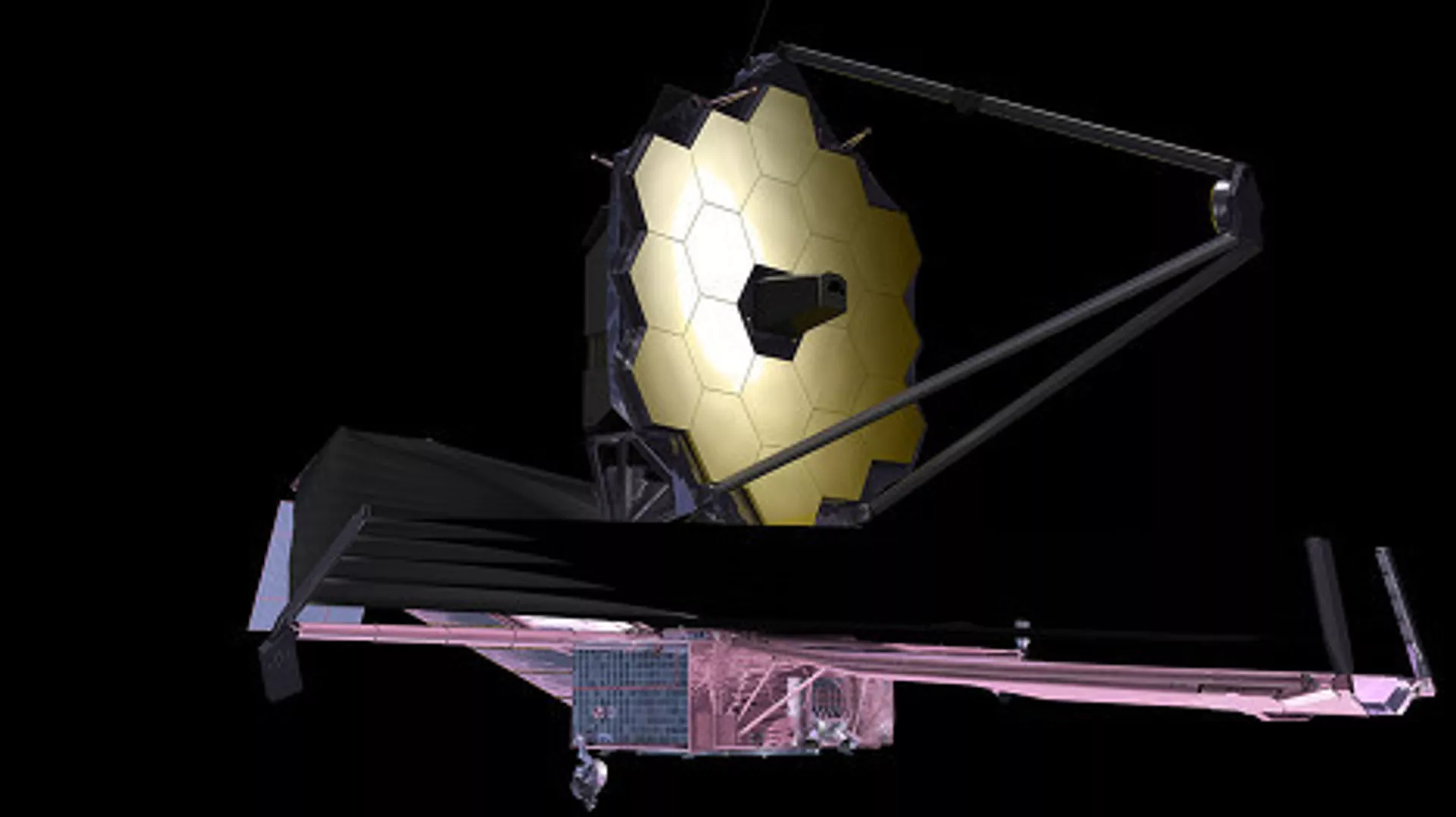"NASA’s James Webb Space Telescope has captured the first clear evidence for carbon dioxide in the atmosphere of a planet outside the solar system," the release said. "This observation of a gas giant planet orbiting a Sun-like star 700 light-years away provides important insights into the composition and formation of the planet."
The discovery has already been accepted for publication in the science journal "Nature" and it offers evidence that JWST may also be able to detect and measure carbon dioxide levels in the thinner atmospheres of smaller rocky planets similar to earth, the release said.
"WASP-39 b is a hot gas giant with a mass roughly one-quarter that of Jupiter (about the same as Saturn) and a diameter 1.3 times greater than Jupiter. Its extreme puffiness is related in part to its high temperature (about 1,600 degrees Fahrenheit or 900 degrees Celsius)," the release added.
WASP-39 b orbits very close to its star and is only one-eighth the distance between the Sun and Mercury, completing one circuit in just over four Earth-days, according to the release.
